Huge Galileo xyz trajectory available for Download!!
Posted: 13.12.2003, 15:46
Hey all! 
Yes, here it is at last- the final version of the Huge Galileo xyz trajectory! If you haven't heard about this before, read the "Feedback needed Re: Huge Galileo xyz" topic to find out how it was produced. First mentioned on the 11th August, here, it now contains- wait for it... 369,952 lines of xyz coordinates!! (And that's 16,092,912 characters, if you're interested!)
It's only a 4.83MB download, but when unzipped it's a whopping 15.7MB!!
You can download it from #19 on the spacecraft page of my website, http://homepage.eircom.net/~jackcelestia/ (make sure you follow the instructions on the page!!) But first you can check out a couple of screenshots. For the full set of pictures, view this page!
The full trajectory:

Earth-1 gravity Assist:

Gaspra Flyby:
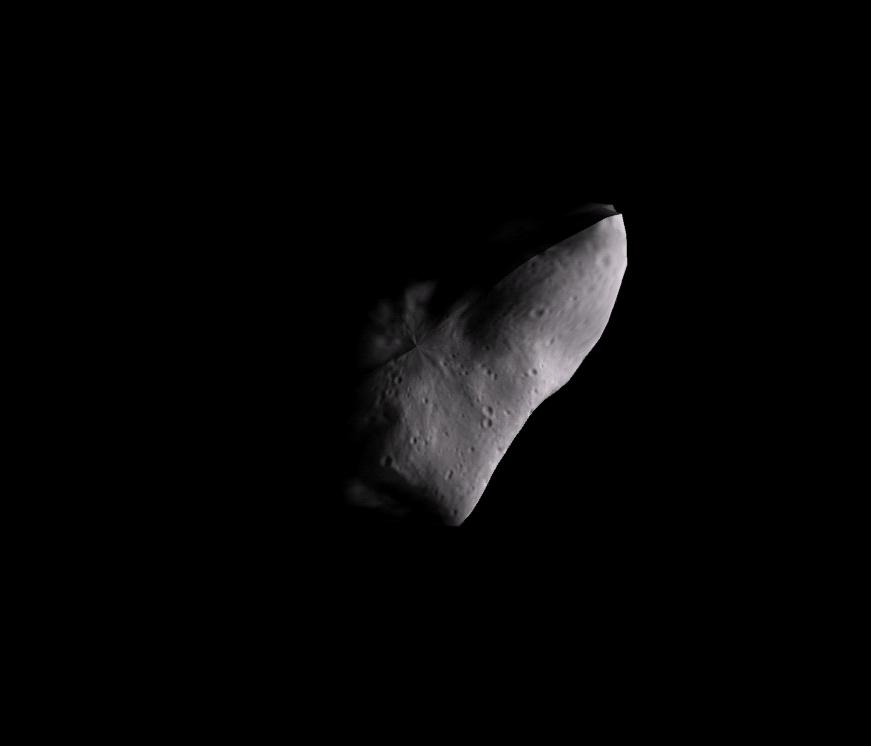
Earth-2 Gravity Assist:

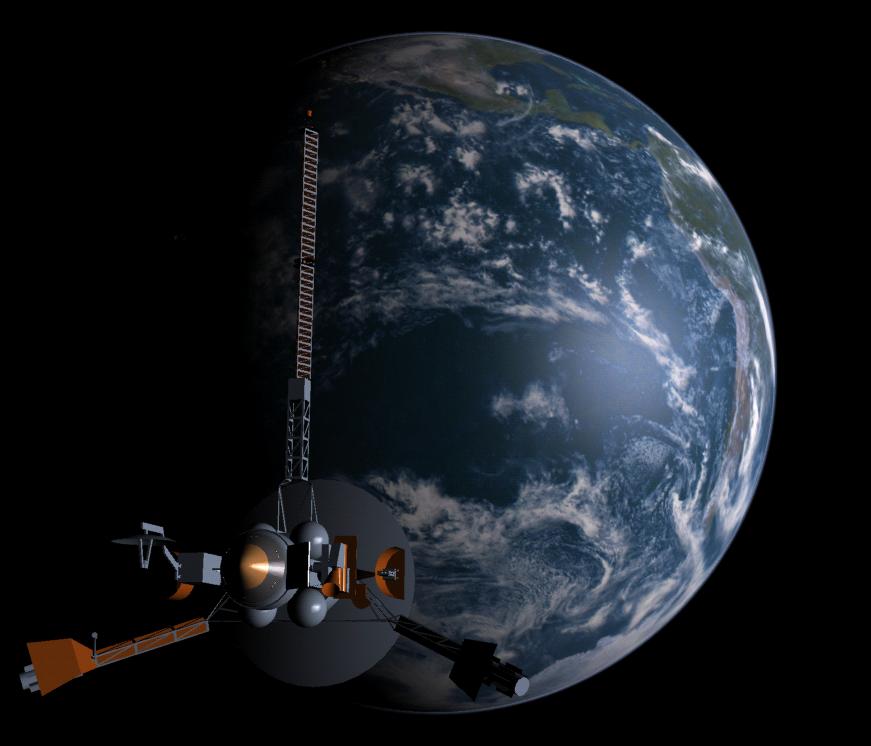
Earth & Moon together, after the Earth-2 Flyby:

(Compare that to this picture, from JPL's planetary photojournal!)
Ida & Dactyl Flyby:
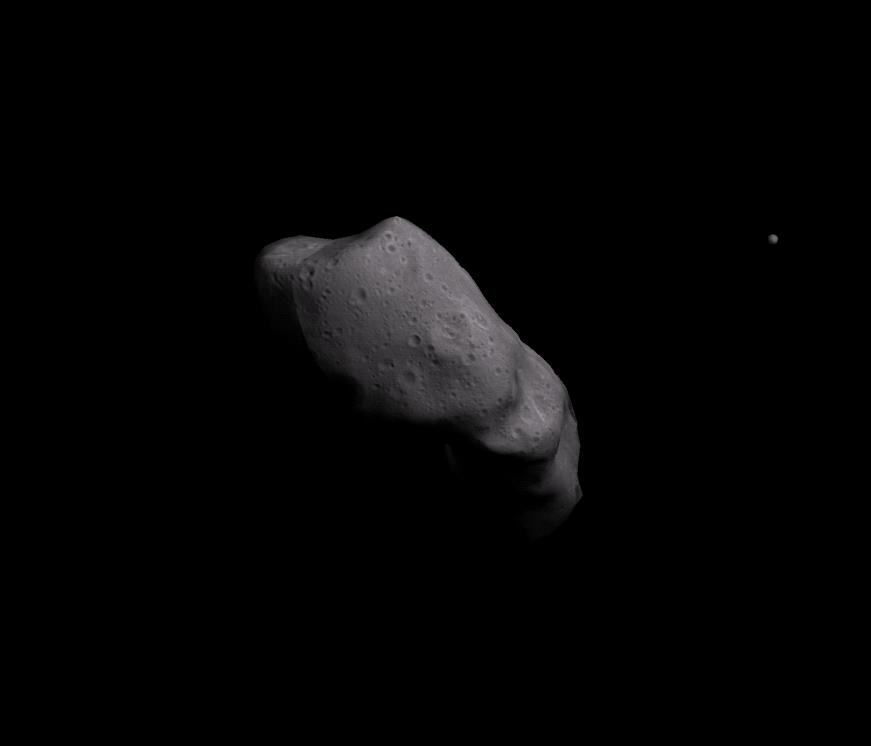
Io:
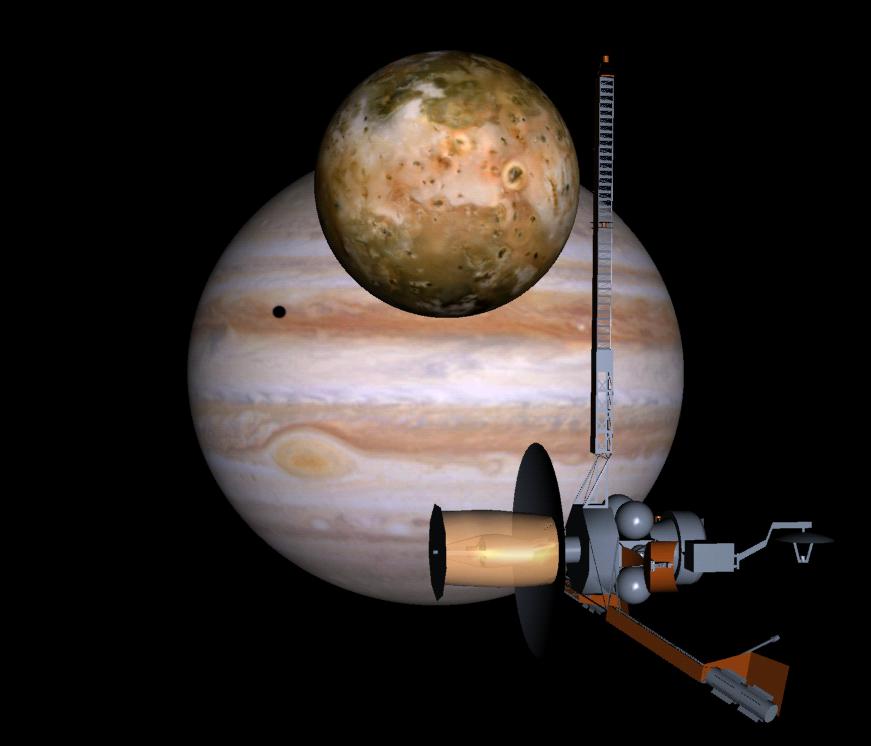
Europa:
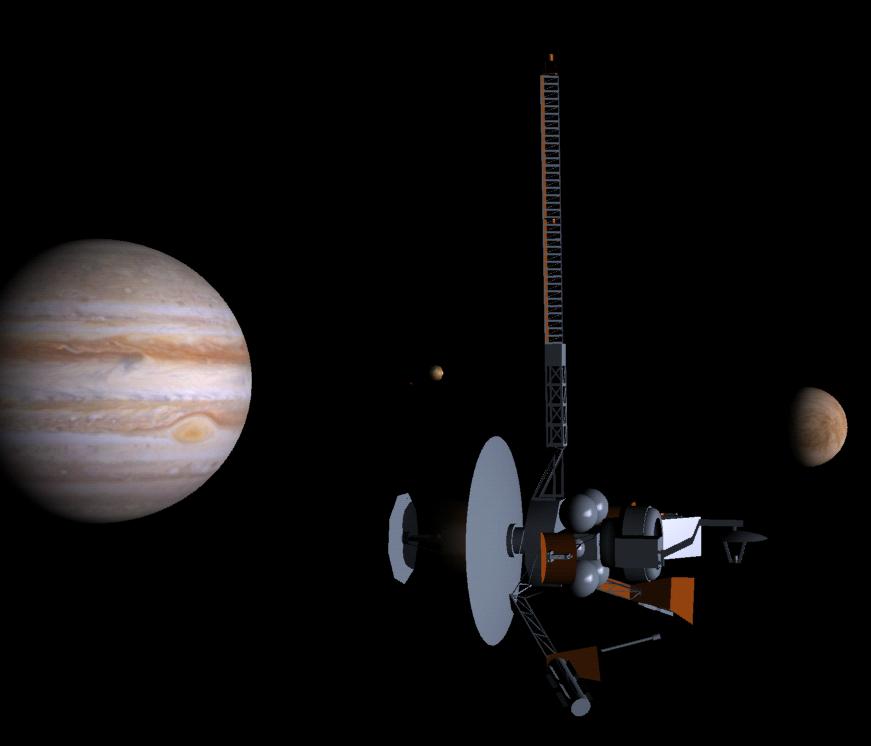
Ganymede:
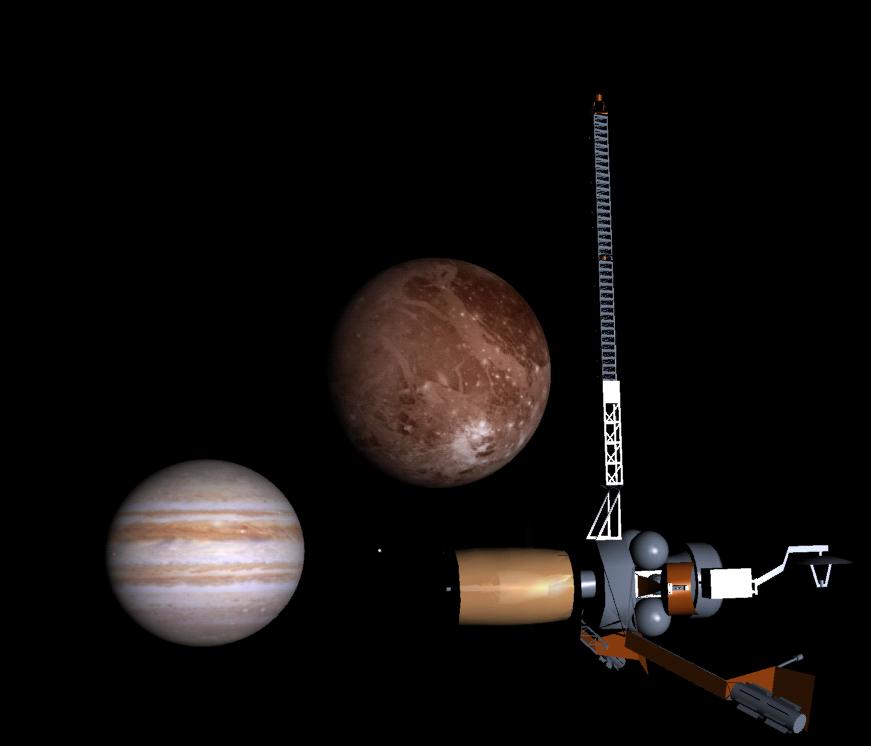
Callisto:
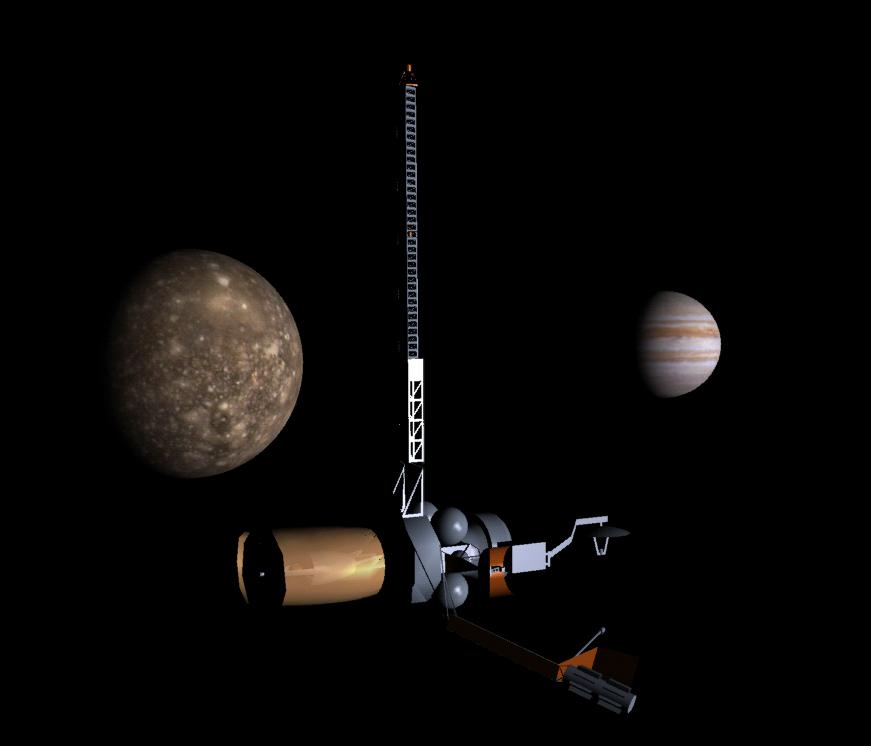
Amalthea:
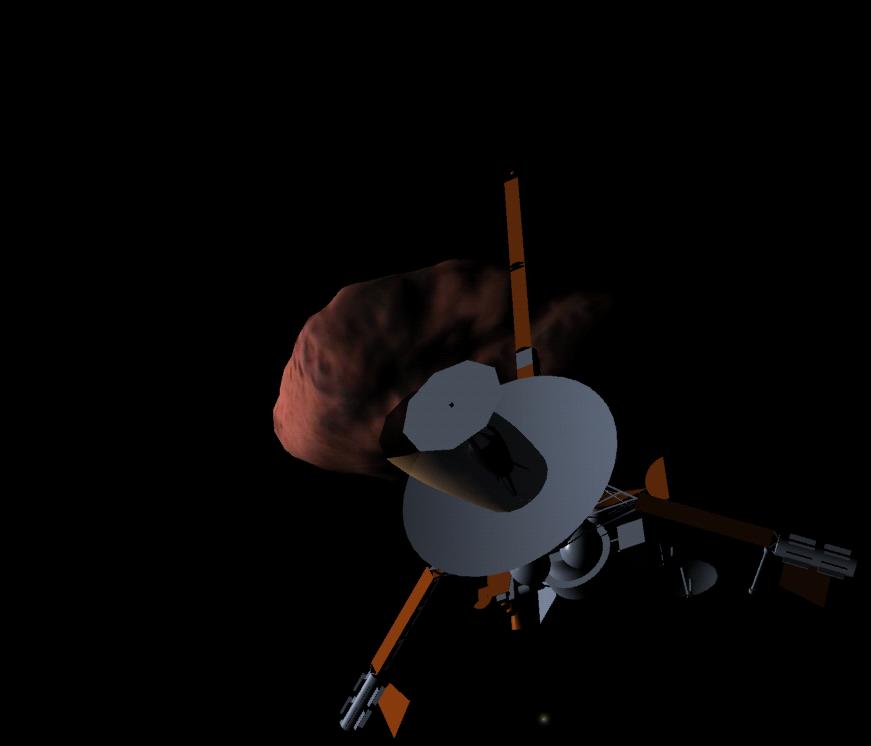
Enjoy!!
Yes, here it is at last- the final version of the Huge Galileo xyz trajectory! If you haven't heard about this before, read the "Feedback needed Re: Huge Galileo xyz" topic to find out how it was produced. First mentioned on the 11th August, here, it now contains- wait for it... 369,952 lines of xyz coordinates!! (And that's 16,092,912 characters, if you're interested!)
It's only a 4.83MB download, but when unzipped it's a whopping 15.7MB!!
You can download it from #19 on the spacecraft page of my website, http://homepage.eircom.net/~jackcelestia/ (make sure you follow the instructions on the page!!) But first you can check out a couple of screenshots. For the full set of pictures, view this page!
The full trajectory:

Earth-1 gravity Assist:

Gaspra Flyby:

Earth-2 Gravity Assist:


Earth & Moon together, after the Earth-2 Flyby:

(Compare that to this picture, from JPL's planetary photojournal!)
Ida & Dactyl Flyby:

Io:

Europa:

Ganymede:

Callisto:

Amalthea:

Enjoy!!
